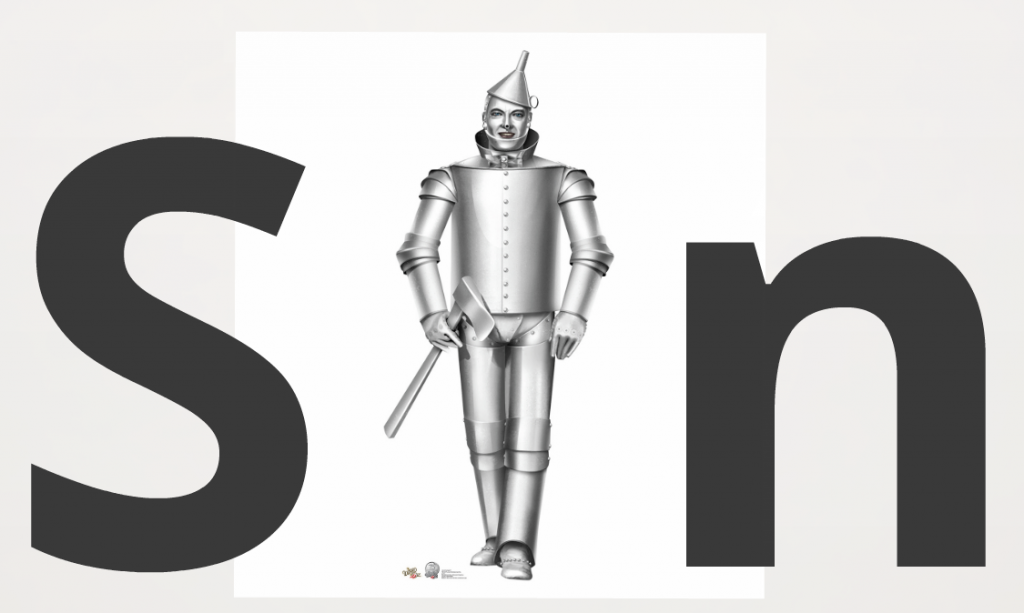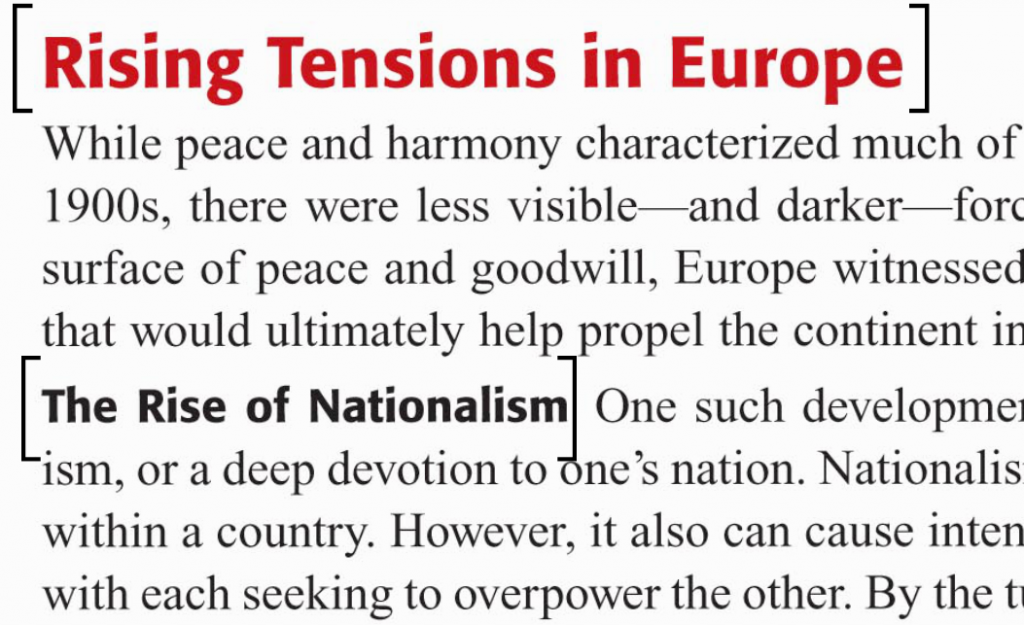-
Charlottesville
- (434) 296-5111
-
Great Falls
- (703) 759-3624
-
McLean
- (703) 288-2808
Georgetown Learning Centers Blog
Using Memory Techniques to Ace High School Classes
Click the “Start Prezi” button to start GLC’s interactive presentation on using memory techniques in high school classes like biology, chemistry, math, and history.
Many high schoolers struggle in history and science classes because they require students to master a large amount of information. A few lucky students can absorb this information just by reading or hearing it, but most need additional techniques to remember important items. Simply studying notes and re-reading textbooks doesn’t always suffice, but there are some memory techniques students can use to learn—and recall—important concepts.
Don’t Drink from the Fire Hose
Classes like chemistry pose challenges because topics like the periodic table are difficult to memorize using conventional methods. Fortunately, cognitive science points us in a few useful directions. The human brain works best at storing, retaining, and recalling information when it experiences that information in multiple ways. In particular, we must retrieve information after we store it in order to make the strongest memories. Matching stored information with interesting images or facts can also help us recall it better later on. So instead of sipping from a fire hose of information like the periodic table, we can employ memory techniques to strengthen our grasp on the material.
Using Mnemonic Images to Make Connections
It’s a nightmare for many students. As they watch the clock tick closer to the end of chemistry class, the teacher drops a bomb: “Don’t forget to memorize the first 54 elements in the periodic table and their symbols for tomorrow’s test!”
Most students would try to prepare by sitting down with a periodic table, repeating the element names and other information over and over again, using the symbols as cues. This works well with elements like oxygen (O), hydrogen (H), and nitrogen (N), but what about tin (Sn)?
Students who use mnemonic images can memorize all of the information they need about tin without staring holes in the periodic table. Tin is a confusing element because its symbol (Sn) doesn’t match its English spelling, and (Sn) seems to have little to do with tin. This is where creativity can give memory a helping hand.
Mnemonic images can include any type of information that helps us draw connections between an established memory and a new memory. In the case of tin, its symbol (Sn) looks sort of like the word “sin”, which happens to rhyme with “tin”. The symbol (Sn) is missing the letter “i”, so we can imagine the Tin Man from Wizard of Oz standing in the middle of the (Sn) symbol as the letter “i”. Now we have a memorable image that links familiar information (the word “sin” and the popular Tin Man character) with new information (tin’s symbol on the periodic table). Instead of storing tin’s symbol as an isolated memory, it’s now linked to other information that’s easy to recall.
Ditch Passive Studying for Active Practice
With retrieval such an important part of the memory process, it’s no wonder some students struggle to study for tests in math classes. They can study formula after formula and commit the variables to memory, but those memories won’t truly be sharp until they’ve been tested by practicing problems.
Researchers from Duke and Washington University in St. Louis have demonstrated that students who are tested and given feedback after studying material consistently do the best job of recalling that information. In fact, these students were nearly four times more effective at recalling information in testing environments than students who were not tested on what they studied.
This approach can be effective in a wide range of high school classes. Students in a tough precalculus course at Langley can give their studies a boost by practicing textbook problems and checking their answers to ensure comprehension. In so doing, they’re better equipped to remember not only the “what” (the formulas) but the “how” (the applications of the formulas) in a test environment.
Once students know about these active retrieval methods, they can usually apply them in classes like math and science, where there are tangible problems with which to practice. But these same students can struggle to extend these techniques to more abstract classes like history, where material is often less interactive.
To counteract this, students in classes like history should use available resources to create interactive practice opportunities. History texts usually include section headings, but most students simply glance at these when they study. Instead of passively reading these headings, students can use them to create interactive practice opportunities that lead to better memory retention.
A section heading like “Rising Tensions in Europe” easily adapts into important practice questions like “What were the rising tensions in Europe during this period?”, “Why did these tensions occur?”, and “How did nationalism contribute to these tensions?”. With little work, a student can generate these questions and then actively approach the material by answering them, instead of simply re-reading the textbook and hoping to remember everything the next morning.
Applying Memory Techniques, Achieving Better Test Results
Students who are aware of the three components of memory (encoding, storage, and retrieval) can engage all three areas when studying in order to form stronger memories. This can be an obvious benefit on tests and quizzes, when students need to retrieve new information in stressful environments, but it also has less obvious benefits.
Students who feel confident about their memorization techniques tend to be less stressed about upcoming assessments. These techniques can also save time and boost efficiency in the long run because students don’t need to spend as much time re-learning information they’ve already studied. This can be especially beneficial in the spring, when students face final exams that cover cumulative material spanning the course of an entire school year.
Since 1998, Georgetown Learning Centers has helped students in McLean, Great Falls, and Charlottesville improve their academic results and build lifelong study skills. If your child needs assistance in school or could simply use some help with memory techniques, we encourage you to consider working with us.

Matt Mason
Senior Associate Director
Georgetown Learning Centers
Do you use any special memory techniques in tough classes? Feel free to share your ideas in the comments section below!
Would you like to share your thoughts?
Would you like to share your thoughts?
Leave a Reply
You must be logged in to post a comment.




0 Comments